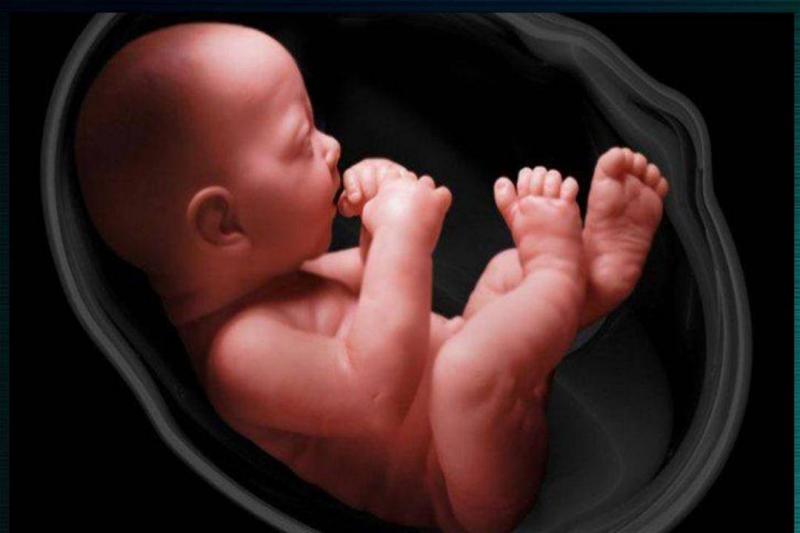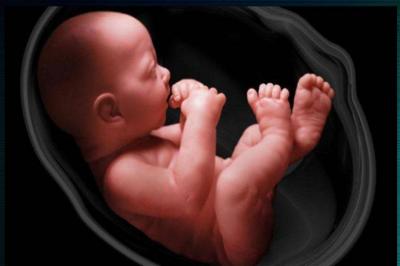Recently, several researchers have discovered the mechanisms that enable early human cells to form an embryo, providing new data about the early stages of human life. This study, published in the scientific journal "Nature" on Wednesday, is described as "the first regarding the mechanics of human embryo formation."
Initially, only a few days after fertilization, the meeting of the sperm from the man and the egg from the woman results in the creation of a stem cell that divides into about ten other cells. Then comes the moment when these cells come together and cluster to form a single entity, at which point the embryo takes shape in its earliest stage. Only then do the cells differentiate to gradually reveal organs, ultimately forming the human shape over time. Thus, this first step, referred to in English as compaction, is considered extremely important.
This is the focus of the study conducted primarily by researcher Julie Vermunt, with participation from the National Center for Scientific Research in France, the National Institute of Health and Medical Research (INSERM), and the Curie Institute. The findings raise questions about how humans have viewed the mechanisms of embryo formation over the past decades. It was previously believed that the main mechanism is the adhesion of cells to each other through the attachment of their walls. However, this study concluded that this factor plays only a secondary role, while the primary factor lies in the ability of each cell to contract, which is the mechanism through which they move towards one another.
Researcher Jean Lyon Meter, who led the study, described the process by saying: "You have to imagine a group of people holding hands," then gradually closing in. To reach this conclusion, researchers examined several unused embryo cells created through in vitro fertilization, frozen at various stages between three and five days. As the stages progressed, their cells became more capable of contracting. There was no change regarding the degree of adhesion of cell walls; that remained constant. The researchers concluded that the first mechanism, not the second, plays a central role in the convergence of cells to form the embryo.
Over the past twenty years, studies have sequentially shown similar mechanisms in fruit flies and then in mammals like mice. However, while all these animals share the predominance of the contraction mechanism with humans, the details differ: for instance, this mechanism is not distributed in the same way within the cell. Therefore, the study published on Wednesday provides a better understanding of human embryos without expecting immediate concrete results.




